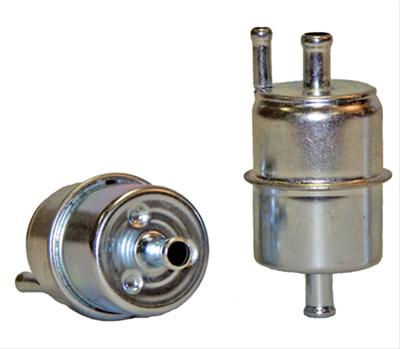SomeRandomDude
Active Member
I occasionally fight hard starts on my 73 Dart Swinger which seems to be a heat soak issue. After reading a few threads online about adding a vapor return line and filter I crawled under the car and found what I assume to be a vapor return line running along side the fuel line - though it doesn't connect to the sender at the tank - but several inches above it closer to the top of the tank (see picture). That line runs to the engine bay with the fuel line but then stops short half way through the engine bay. I bought a vapor returned style filter and hooked everything up including that line and when I cranked it over discovered that there was a crack halfway down that line once fuel started flowing out of it. So now I need to replace that line - but I thought it would only be fuel vapor in there? Why was there liquid fuel or is this actually a liquid return line?


















